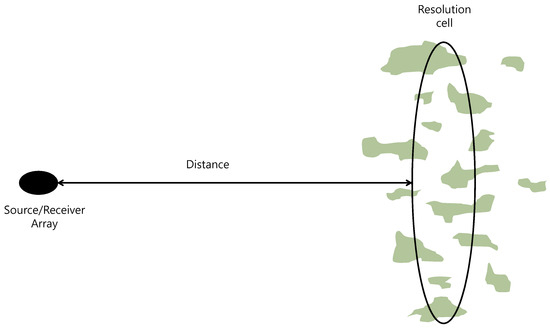

UNDERWATER SOUND REFERENCE DIVISION SERIES
This objective was satisfied by performing a series of acoustic measurements in an acoustic tank and in open bodies of water using methods and standards traceable to U.S.
UNDERWATER SOUND REFERENCE DIVISION VERIFICATION
The overall objective of this study was to acquire and analyze calibrated acoustic source data for a number of commonly used marine geophysical survey systems as required to support subsequent sound source verification of these systems in situ by future BOEM-USGS studies. This report presents results of work performed under interagency agreements (IAs) between BOEM, USGS and the Naval Undersea Warfare Center Division Newport (NUWCDIVNPT) of the Naval Sea Systems Command (NAVSEA). Thus, characterizing the acoustic fields radiated by marine geophysical acoustic survey systems is a critical first step to understanding the potential for these surveys to impact marine ecosystems.

BOEM is advancing this objective by characterizing the acoustic energy radiated by geophysical survey systems used on the continental shelf, and other shallow bodies of water under U.S. The BOEM is working to ensure that environmental mitigation requirements are scientifically supported, cost effective, operationally feasible, and impact reducing. Given the significant scientific questions and uncertainty about the potential impacts associated with noise in the marine environment, an increasing number of regulatory requirements and precautionary mitigation strategies are being applied to lower-energy geophysical surveys including those of short duration and limited geographic footprint. The USGS Coastal and Marine Geology Program (CMGP), USACE Civil Works, and NOAA National Ocean Service (NOS) Office of Coast Surveys use the same technology for similar purposes on the shallower inner continental shelf (ICS). In particular, geophysical surveys support infrastructure siting, sand resource delineation, geomorphic characterization, environmental monitoring, archaeological resource identification, and mapping of shallow hazards. Complex cepstrum processing of digitized transient calibration data for removal of echoes /. Geophysical survey systems are used by these agencies (and commercial interests) to support exploration and development on the outer continental shelf (OCS) including marine transportation, oil and gas, marine mineral, and renewable energy projects. Navy (USN), and the National Science Foundation (NSF). Calibrated measurements of sound pressure were made at several sites across several years using custom moored acoustic recorders (MARs) designed and. Army Corps of Engineers (USACE), National Oceanic and Atmospheric Administration (NOAA), U.S. Marine geophysical acoustic survey systems are critical to the mission of several federal agencies including the Bureau of Ocean Energy Management (BOEM), U.S. Naval Undersea Warfare Center Division-Newport, Technical Report 12,203 INTRODUCTION This paper summarizes some of the early pioneers in this field including Lynman Spitzer, Leslie Foldy, Henry Primakoff, and Edwin Carstensen, who were followed by Ira Groves, Robert Bobber, Joseph Blue, and others.Characteristics of Sounds Emitted During High-Resolution Marine Geophysical Surveys Crocker, S.E., and F.D. The National Bureau of Standards and later the National Institute for Standards (NIST) deferred the activity of establishing and maintaining underwater acoustic standards and calibration methods to the USRD Navy facility now headquartered at NUWC, Newport. That facility later became a detachment of the Naval Research Laboratory (USRD) and was the home for a concerted effort in transducer development and calibration for many years. Vannevar Bush, established a center for Underwater Acoustic Metrology under the expertise of Columbia University in collaboration with Bell Laboratories, which subsequently resulted in the establishment of the Underwater Sound Research Laboratory (USRL) in Orlando Florida with unique acoustic lake testing facilities. The Acoustic Open Tank Facility (OTF) of the Naval Undersea Warfare Center (NUWC) Division Newport is a primary test facility for prototype acoustic evaluation of underwater devices. In about 1940, the US Navy Office of Scientific Research and Development (OSRD) headed by Dr. The practice of realizing underwater acoustic standards and methods for the systematic calibration of the wide variety of electroacoustic transducers is rich in tradition and has given rise to some unique underwater acoustic calibration facilities and electroacoustic transducers.


 0 kommentar(er)
0 kommentar(er)
